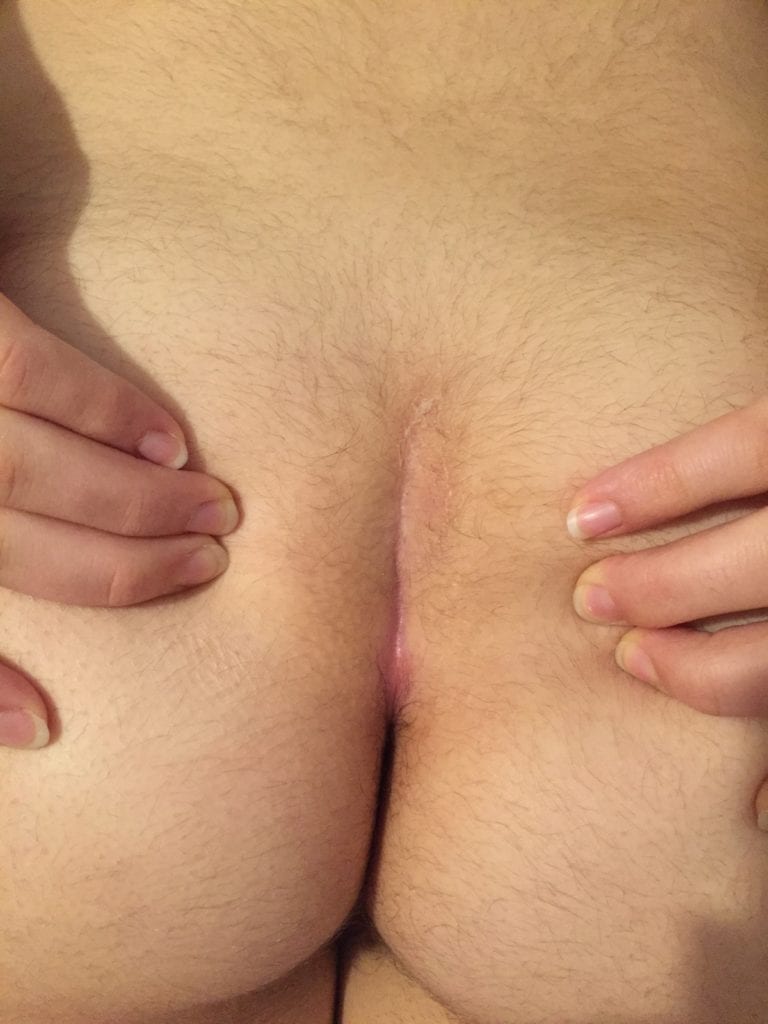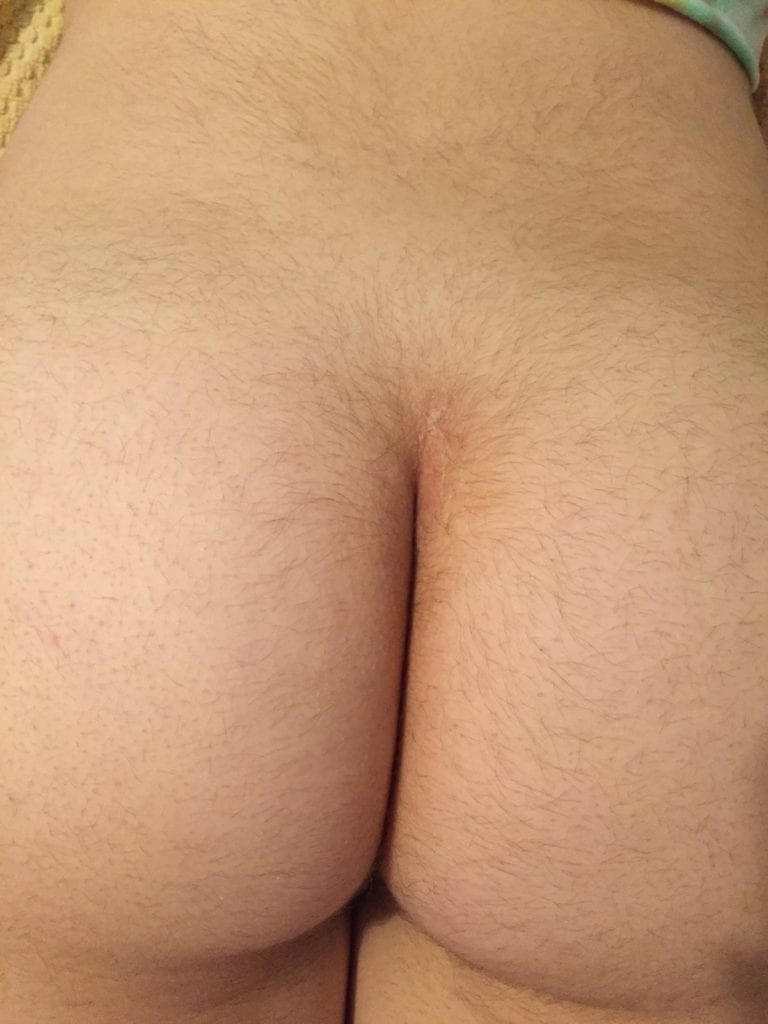- 719 West Hamilton Ave, Eau Claire, Wisconsin 54701
- (715) 832-1044
How to take the photos Dr. Immerman needs
The idea of sending information back and forth in preparation for a consultation or surgery may seem new and strange – but the instant communication allowed by the internet has made this a very useful way for us to communicate with patients from outside of our local area.
The main goal of this is to prevent patients from traveling a great distance to see Dr Immerman in situations where surgery is ultimately not needed. We’ve developed a system where we can collect the information we need by email and have patients come in all ready for their consultation and surgery on the same day.
Fortunately, with pilonidal disease all the information that Dr Immerman needs can be obtained by a medical history and some photos of the gluteal area. The better the photos are, the better he can know what you need done.
In order to get photographs with the information Dr Immerman needs please send us:
(1) an image of the entire buttock area when standing. This shows how deep the gluteal crease is in your resting position.
(2) an image of the gluteal crease spread apart so he can see the base of the crease. Make sure whatever problems you have are visible. This can include pits, bumps, discoloration, open wounds or sinus tract openings. It is usually necessary to completely remove pants and underwear to allow the legs to be spread apart so that we can visualize this area.
(3) IMPORTANT: If there are openings near the anus, separate photos will be necessary to demonstrate that area. It is important that we can see the relationship between the lowermost opening and the anus. It is usually necessary to completely remove pants and underwear to allow the legs to be spread apart so that we can visualize this area.
(4) If you have hidradenitis suppurativa (HS), pyoderma gangrenosum, psoriasis, morphia, or any other kind of skin problem, send us photos of the affected areas. For HS this usually would mean photos of the armpits and groins.


Above is an example of good photos. Having good lighting helps, and the best photos are usually taken by someone else.
Photo specifications:
- The size should be at least several hundred kilobytes, optimally, about 1-2 MB. If they are too large there may be trouble submitting them because of email limitations. If the image size is below 500 kb it will be hard for Dr Immerman to zoom into the details he needs to see, and we will ask you to re-take the photos.
- If the photos are too large, the form may fail and we won’t receive anything.
- The photos should be in JPG format, not HEIC or PNG, or in a zip file.
- Attach the images to the section at the bottom of the form.
- Do not embed the images in a Word document or PDF.
- Do not send them by Google Drive. If you do, we will ask you to re-send them as described above.
What if the photos are too large and the form won’t go through?
iPhone: When you choose photos on your iPhone, you’ll often be asked what size to send: Small, Medium, Large, or Actual Size.
– Please select “Medium” — this usually keeps each photo around 1–2 MB.
– Avoid “Actual Size,” which can make each photo 5–7 MB.
If you don’t see the size prompt you can also: – Open the Photos app.
– Tap Edit → Crop/adjust (even the slightest edit reduces file size).
– Tap Done → Save.
– That usually cuts the file size by half.
Android (Samsung, Pixel, etc.)
Android phones vary, but most camera apps save huge files by default.
Options:
Gallery/Photos app resize option:
-Open the photo → tap the three dots ⋮ or More → Resize/Compress → choose ~50% or “Medium.”
– Save the smaller version, then upload it.
Built-in sharing:
– If the phone asks “Send in original quality or compressed?” → choose Compressed/Medium.
Of course, it is up to you to agree to send these photos. Any emails of forms going to the evergreensurgical.com domain are HIPAA compliant. We have found photos to be an invaluable tool in speeding up the consultation process, but if you are not comfortable with this, the next option would be to come see Dr. Immerman for an in-person consultation.
Also, if you are planning a visit to us, please fill out and return the Medical History Form, Patient Registration Information, and insurance assignment form, and return it to us by mail or email before your visit. You can download these forms by following this link.
